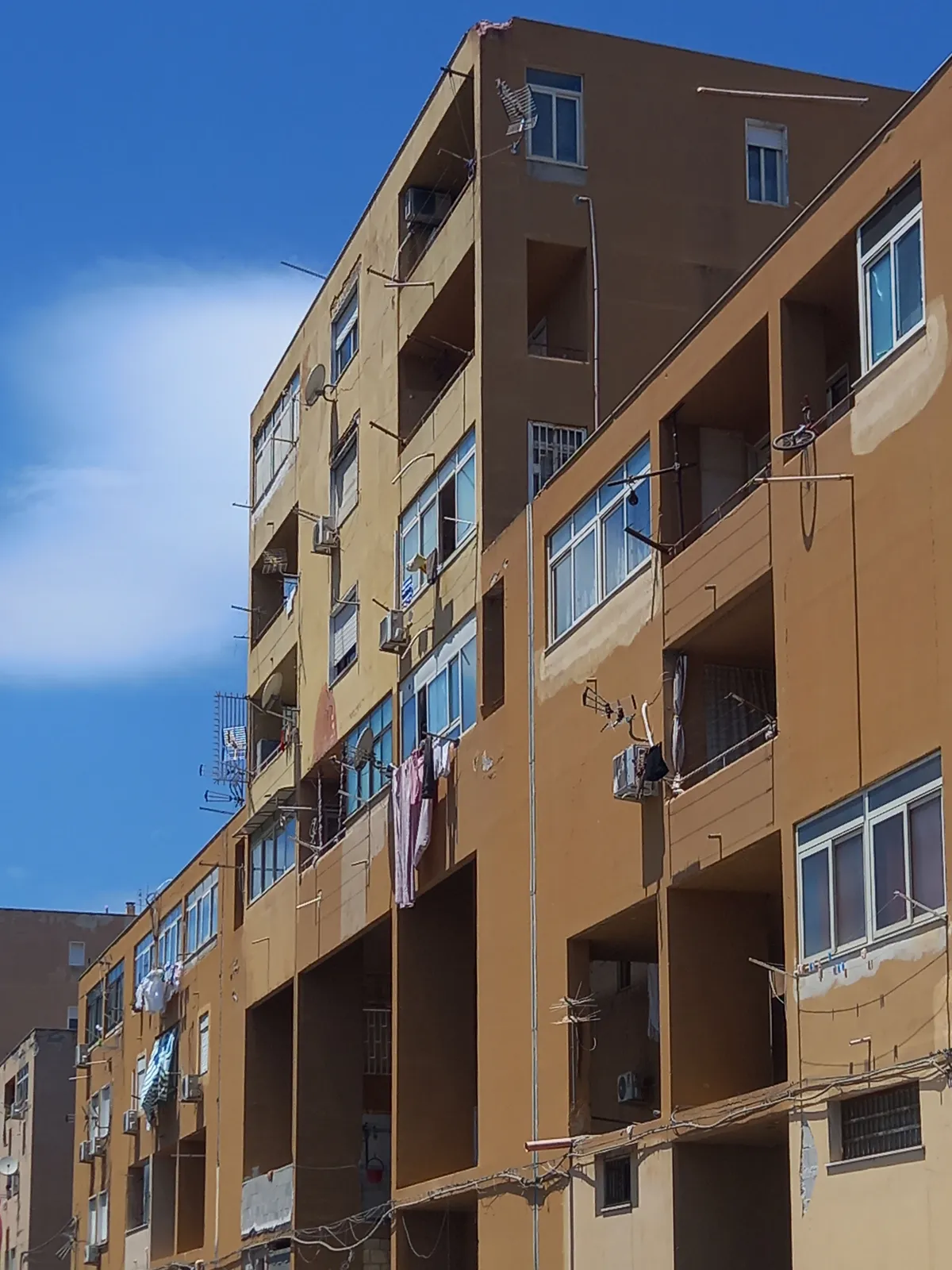
1/1

Author(s) / Team representatives
Marta Cristha Bacalu
Profession
studentă
Photo/design credits
Marta Bacalu
Text presentation of the author in English
Marta Cristha Bacalu is a sixth-year student at the Faculty of Architecture and Urban Planning and a member of the Association of Architecture Students Timisoara – A4. During the 2022-2023 school year, she served as the Coordinator of the Image Department and continues to volunteer for the association, focusing on graphical communication.
Throughout her university years, Marta has participated in various architectural contests, with her most significant achievement being the win in the Arts and Crafts section of the Romanian Creative Week 2022 contest for her urban furniture project.
In addition to her academic pursuits, Marta has volunteered for BETA and collaborated with Studio BASAR on the "Bătător Plus" project during the biennial event.
Text abstract in English
Through an analysis of European dense and culturally diverse neighborhoods this article seeks to interrogate the role of the state–producing racial and territorial stigma in the gentrification process, and it asks how important is to stop this process of covering the identity of the urban space offered by cultural diversity. The urban fabric is often seen as the result of the demand, the increase or decrease of population, and industrial development, but it is also connected to racial and class stigmatization. I drew together studies on the stigma impact on urban fabric in cities like Timisoara, Berlin, and Valencia to show how administrative decisions and induced stigmatization lead to the risk of losing cultural diversity in the „hearts of cities”, meaning that these stigmatized communities are not vanishing but are pushed towards borders as the cities extend. Poor people can not be erased, forgotten in a space in the city, or displaced, because there can not exist “+” without “-”, cities need neighborhoods where these communities can survive and allow them to develop without covering their identity or replacing the people that live in them.
I relate to the theme of the biennale in this article in the sense of covering: the history, the communities, and the diversity, but also in the sense of producing another image through the gentrification process. I seek to raise awareness on how it is affecting all of us to lose the authentic image of an urban fabric, offered through diversity, and to change it for financial growth, but also how important is to stop letting people live in poor urban conditions because of stigma.
